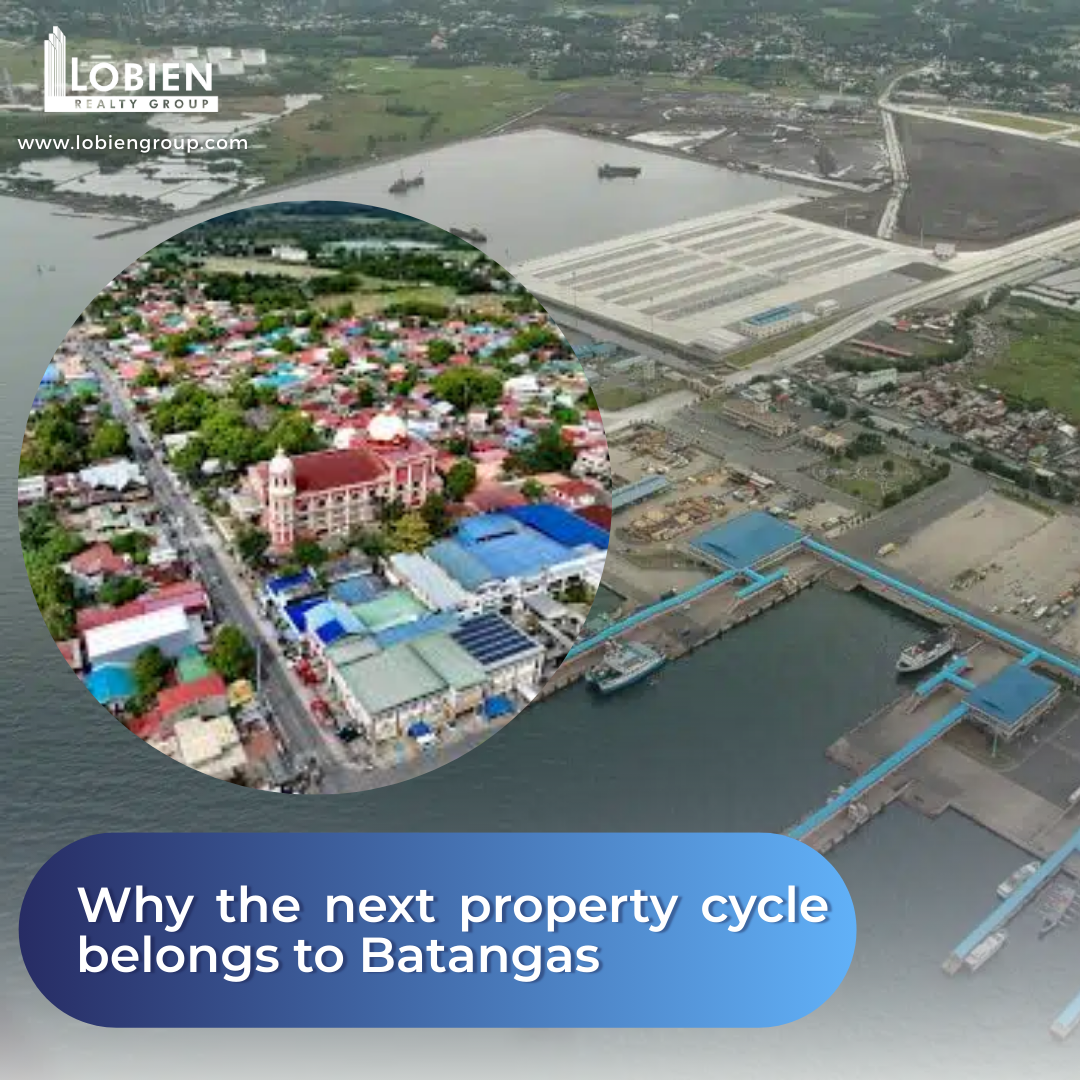While the office market is gradually recovering, high vacancy rates remain inside and outside Metro Manila, according to Lobien Realty Group
In its recent annual mid-year briefing, Lobien Realty Group (LRG) discussed the market outlook and updated data in the real estate industry on July 9, 2025, at Spaces in World Plaza, BCG.
In her presentation, LRG chief executive Shiela Lobien recognized that the Metro Manila office market’s gradual recovery was primarily due to the slowdown in global growth, geopolitical conflicts in Asia and the Middle East, and the country’s relatively high policy interest rate compared to historical averages.
She also pointed out that the new office supply, the vacant office spaces left by the POGOs, and the year-on-year contraction in lease rates, from 42 percent in the second half of 2024 to 14 percent in the second half of 2025, pushed the vacancy rate up to 20 percent and rental rates to decrease to P950 per sqm. Thus, developers and lessors are focusing on leasing their existing high inventory and completing construction projects that were postponed by the COVID-19 pandemic.
She also shared that the same GDP and interest rate scenarios resulted in sequential annual increases in office supply, with 600,000 sqm in 2009 almost doubling to 1,800,000 sqm in 2019. During this period, the annual office supply delivered to the market averaged 855,000 sqm, while only 500,000 sqm were constructed yearly for the period 2020 to 2024, a 40 percent reduction. “This recalibration in new supply is expected to persist until 2030,” she added.
“So, it's still a tenants’ market. Despite the BPO's office take-ups, many companies are trying to cut costs by asking their people to work from home or report for work just once a week so they don't need to lease an office at 100 percent capacity,” explained Lobien.
In the second half of 2025, the demand drivers of the office market include traditional offices with 44 percent occupancy, BPO at 35 percent, government offices at 15 percent, and other industries at 6 percent.
This year also saw BPOs and traditional companies using temporary offices in co-working spaces and provincial operations to meet their initial physical office requirements. In the second half of 2025, there are 500,000 sqm of co-working spaces, with over 200 co-working and flexible offices located in Metro Manila.
In the provincial office market, LRG director Jericho Linao reported that, as of the second half of the year, the vacancy rate is still high at 30 percent, while the lease rate remains at 7 percent.
He reported that the average office market rental rates in the provinces marginally increased to P565 per sqm for the second half of 2025, versus last year’s P550 per sqm. This minimal rise can be attributed to the increase of rental rates in the provinces with improving office markets, such as Cebu (from P570 per sqm to P635 per sqm), Iloilo (from P585 per sqm to P610 per sqm), and Cavite (from P500 per sqm to P600 per sqm).
He also noted that the high vacancy rate in Metro Manila encourages locators to take up available spaces before considering moving to the provinces. However, the government’s infrastructure projects, such as the highly anticipated ‘Luzon Spine Expressway Network,’ are expected to drive the demand to provincial areas.
“Our government’s Build Better More infrastructure projects will be a catalyst in driving growth in our provinces. By greatly improving ease of access to areas outside the metro, corporations and developers will find them as attractive alternatives and may decide to infuse their investments in the countryside,” said Linao.
He also mentioned that the growing number of townships outside the NCR will eventually supplement the provincial office space demand, with concentration in Pampanga, Cavite, Laguna, and Rizal.
To attract companies to start, expand, or relocate their operations outside of Metro Manila, Linao also recommended that “landlords should continue to extend competitive and flexible commercial terms.”
Read Article: https://mb.com.ph/2025/07/16/the-office-segment-is-still-a-tenants-market




